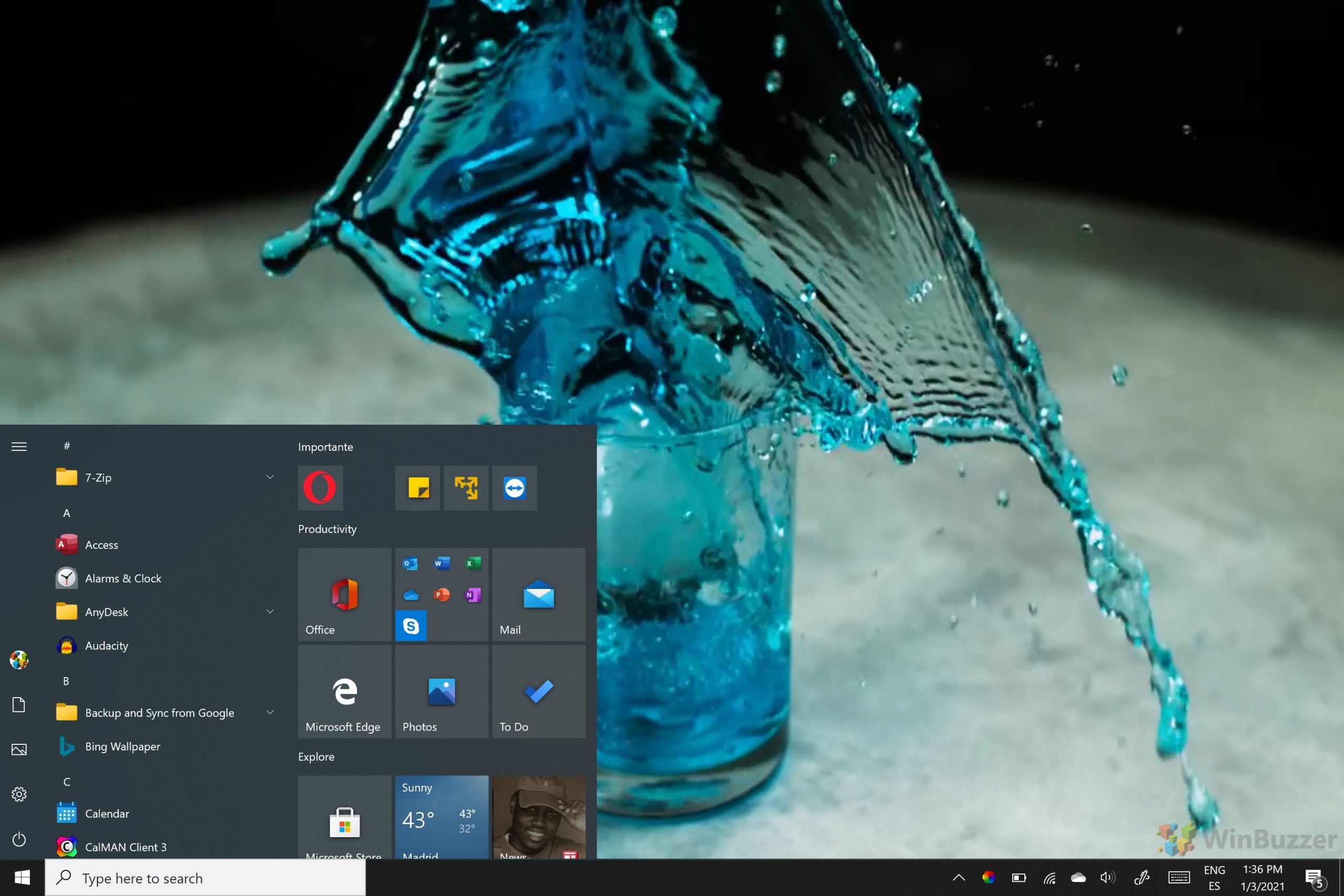

Once launched, the application loads the default wallpapers that it comes embedded with.

The program comes with a clean and intuitive interface that is unlikely to give you any trouble and, according to the developer, it is lightweight on the computer's resources, as it consumes around 1% of the CPU. Enables you to create custom animated wallpapers RainWallpaper is an animated wallpaper manager that provides you with a stunning alternative to the classic static picture of some distant location you never visited before, various objects and compositions. Refer to the directions on your product for precise drying times.While backgrounds and widgets are a great way to enhance the overall look and feel of your desktop, a live wallpaper is a surefire way to make the display more entertaining and interesting. Be aware that cooler temperatures and higher humidity levels could increase drying times. Leave the tape on the stainless steel sheets for at least 24 hours to allow the silicon adhesive caulk to dry. Replace the electrical outlet and toggle switch covers. Use as much tape as you feel you need to in order to secure the stainless steel sheet to the wall. Tape the stainless steel sheet into place with several pieces of duct or masking tape until the silicone adhesive caulk sets. You have some time before the adhesive sets, so you can slide the sheet into position once it is against the wall if it is off a bit. Tilt the stainless steel sheet toward the wall until the entire sheet is against the wall. Make sure any cutouts in the stainless steel sheet line up with items permanently installed in the wall, such as toggle switches and electrical outlets. Hold the stainless steel sheet at an angle where the bottom of the sheet rests against the bottom of the wall. You need at least one 10-ounce tube of silicone adhesive caulk for every 20 linear feet of stainless steel. Apply additional silicone between the perimeter lines back and forth along the wall in a zigzag pattern. Push the end of the screwdriver through the caulk tube membrane to allow the caulk to flow from the tube.Īpply a liberal bead of silicone adhesive around the perimeter of the wall. Insert a Phillips screwdriver into the tip. The further back you cut the tip, the larger the opening on the end of the caulk tube. Remove the tip from the tube of caulk with utility shears. Pull the trigger on the caulk gun to secure the tube. Insert a 10-ounce tube of silicone adhesive caulk into the gun. The push rod will lock in place automatically. Pull back the push rod located above the handle on a caulk gun. Sanding the walls also roughens the surface to prepare for better glue adhesion. The surface of the wall must be flat, so the stainless steel sheets adhere to the surface. Sand the wall with 80-grit sandpaper to remove any ridges or bumps along the wall. Wipe the excess cleaner from the wall with old rags or paper towels. Use a scrub brush or old towels to clean the surface of the wall. Spray a grease-cutting cleaner on the wall. Leave the toggle switches and electrical outlets connected to the wall. Remove the screws holding wall plates to toggle switches and electrical outlets.


 0 kommentar(er)
0 kommentar(er)
